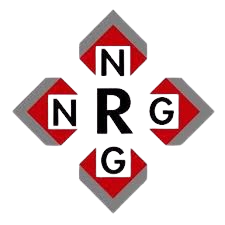We transform innovative ideas into powerful digital solutions that drive growth, engage users, and deliver measurable results for your business.
Trusted by innovative companies worldwide











Experience YoApp a platform that not only brings your services to market but also automates your business processes, letting you focus on what you do best.
We empower you with smart tools that streamline operations, boost customer satisfaction, and maximize your revenue. Discover a future where seamless technology and heartfelt engagement drive your success every day.
Technology that serves people, not the other way around
Built to evolve with your business needs
Whether you're a startup or an enterprise, we have the tools to accelerate your growth.
Grow faster with tools designed to simplify customer management and expand your reach.
Scale efficiently with robust systems that integrate seamlessly with your existing operations.
Launch and grow your business with affordable tools that deliver professional results.
See how businesses are transforming with YoApp solutions.
YoApp revolutionized our customer engagement. We've seen a 40% increase in customer retention since implementation.
CBZ Agro-Yield
Agriculture Institution
The voucher management system has streamlined our operations and significantly improved customer onboarding speed.
N Richards
Retail Chain
Since 2017, YoApp has been the core of our voucher and loyalty management. It's been instrumental to our growth.
Gain Cash and Carry
Wholesale Retailer
We are Harvest Dawn, a digital innovation studio dedicated to crafting exceptional digital experiences.
Discover our comprehensive range of digital services.
Get in touch with our team.